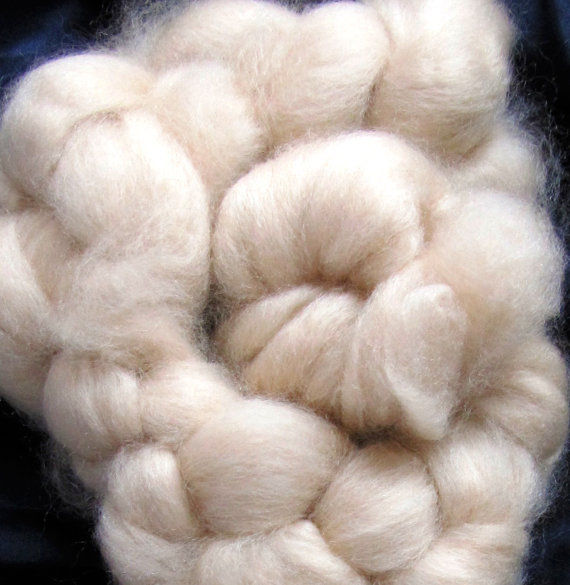What Is Cashmere and Why It’s Considered One of the Softest Fabrics in the World
What Is Cashmere and Why It’s Considered One of the Softest Fabrics in the World
Blog Article
Reasons You Must Require Cashmere an All-natural Fiber for Convenience and Elegance in Everyday Wear
In the realm of textiles, couple of fibers equal the high-end and convenience of cashmere. This one-of-a-kind material, understood for its exceptional gentleness and insulation, gives unequaled comfort and sophistication for day-to-day wear. But what sets it aside from other fibers? How does it impact the atmosphere and exactly how does it compare to artificial options? Additionally, exactly how can one best utilize cashmere to boost their design? These interesting concerns lay the structure for an informing exploration right into the globe of cashmere.
Understanding the Lavish Nature of Cashmere

Assessing the Convenience Element of Cashmere Apparel
Cashmere's one-of-a-kind fiber framework enables for breathability, controling temperature and protecting against overheating. Cashmere's hypoallergenic residential properties likewise contribute to its convenience, making it an excellent choice for delicate skin. In significance, the comfort of cashmere is acquired from its softness, breathability, resilience, hypoallergenic nature, and flexibility.

The Environmental Influence and Sustainability of Cashmere
While the convenience and beauty of cashmere are certainly enticing, it's just as vital to consider its connection with the environment. Cashmere manufacturing, mainly in Mongolia and China, includes increasing cashmere goats, which can considerably strain breakable meadow communities because of overgrazing. This can result in desertification, a pressing environmental issue. The processing of cashmere, involving dyeing and washing, can additionally add to water air pollution if not appropriately taken care of. Efforts are being made to develop lasting cashmere production techniques, such as rotational grazing and cleaner processing methods. Hence, while cashmere has environmental effects, its sustainability largely relies on production techniques.
Contrasting Cashmere to Synthetic Fibers: A Cost-Benefit Evaluation
Regardless of its environmental difficulties, cashmere provides an unique set of benefits over synthetic fibers. On the cost side, cashmere is undeniably much more pricey as a result of its labor-intensive production process. The advantages make it worth the investment. Cashmere's all-natural fibers supply unmatched soft qualities and warmth, equating into comfort that synthetic fibers battle to match. Furthermore, cashmere pieces are highly sturdy, promising long life that offsets first prices over time. Unlike synthetic fibers, cashmere does not add to microplastic pollution, making it a much more lasting selection. On the other hand, artificial fibers, while cheaper upfront, supply less comfort, have shorter click for more lifespans and pose ecological concerns. Thus, when analyzing cost-benefit, cashmere's remarkable high qualities make it a worthwhile investment for daily wear.
Designing Tips With Cashmere for Everyday Sophistication
Having considered the cost-benefit analysis of cashmere compared to artificial fibers, it ends up being clear why this glamorous product is a preferred choice for numerous. When discover here styling cashmere for day-to-day beauty, simplicity is essential. Eventually, the intrinsic sophistication of cashmere makes it a flexible enhancement to any kind of closet, effortlessly boosting daily clothing with a touch of luxury.

Conclusion
In summary, the exceptional buildings of cashmere make it a useful enhancement to any type of wardrobe. Its luxurious feeling, convenience, adaptability, and breathability to varying temperature levels are unequaled. Additionally, cashmere's sustainability and lower environmental impact compared to artificial fibers better enhance its allure. The timeless sophistication of cashmere, combined with its convenience, adds refinement to everyday wear. Investing in cashmere garments is a beneficial decision for convenience, sustainability, and style.

Report this page